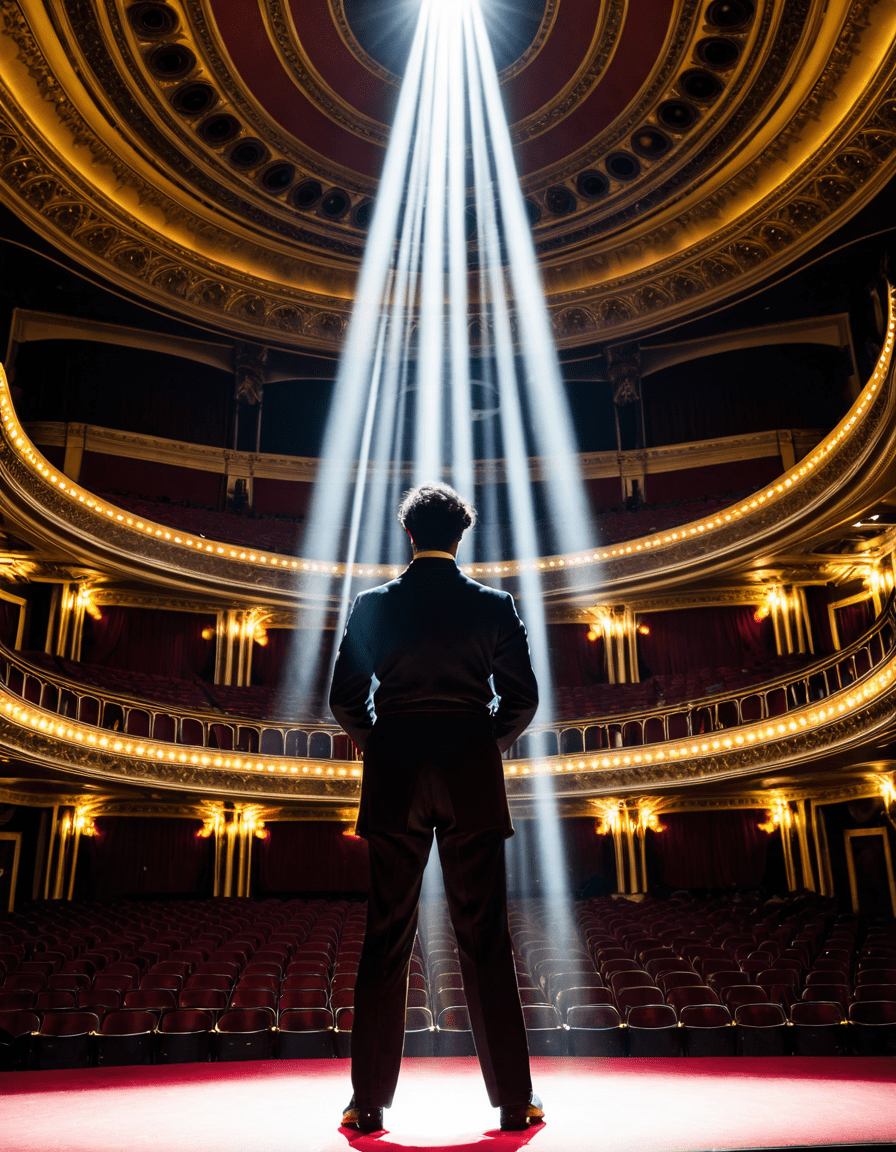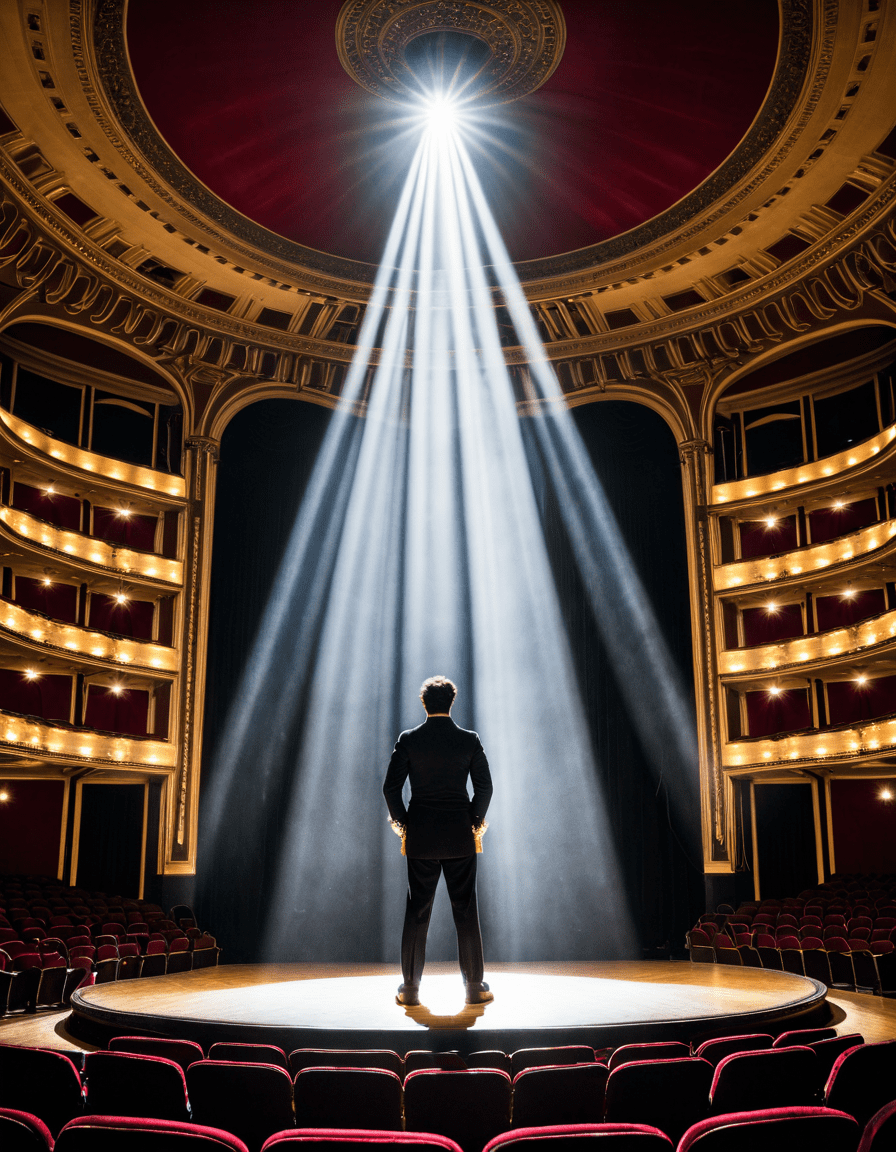When you think of magic, one name rises above the rest: Houdini. The renowned illusionist, born Erik Weisz in 1874, changed the landscape of magic forever with spellbinding tricks and a flair for the dramatic. Even decades after his death, audiences are still captivated by the mysteries he conjured. In a world increasingly dominated by technology and cinematic spectacles, the tales of Houdini’s incredible acts continue to inspire thrill-seekers and dreamers alike.
7 Groundbreaking Illusions by Houdini That Changed Magic Forever
Houdini’s Water Torture Cell remains iconic even today. Picture this: a locked glass tank filled to the brim with water, and Houdini strapped inside. The suspense captivated audiences, forcing them to hold their breath as he battled against fate. This escape not only showcased his incredible physical prowess but also emphasized the psychological tension that keeps magic compelling.
If you haven’t heard of the Milk Can Escape, then you’ve surely missed a gem in magic history. Imagine Houdini locked inside a water-filled metal jug. Rumor had it he could pull off the feat in under a minute! This illusion emphasized Houdini’s mastery of stagecraft and drew gasps from the crowds, further solidifying his reputation as one of the greatest illusionists.
Strapped into a canvas straightjacket and often hoisted upside down, Houdini transformed the simple act of escaping into a thrilling visual spectacle. He communicated sheer panic—that raw human emotion—as he contorted and twisted his body i n a display that symbolized resilience. This act alone has inspired countless magicians and remains a staple in magic acts worldwide.
Houdini shocked audiences when he made a hefty 10,000-pound elephant vanish at the End of the Theater in New York. Yes, you read that right! This grand illusion challenged people’s perception of reality and set a new standard for entertainment. It blended audacity and imagination, reminding viewers that magic knows no bounds.
Being buried alive sounds scary, right? Well, that’s exactly what Houdini did. In this heart-pounding illusion, he found himself encased in a coffin underground and had to dig his way out. This act tapped into profound fears, taking the audience on an emotional rollercoaster that made it feel more like performance art than sheer trickery.
In this classic, Houdini would escape from one trunk while a partner emerged from another. The clever use of misdirection and logistical brilliance left the audience baffled. It laid the groundwork for essential tricks that modern magicians still utilize—talk about legacy!
Houdini’s thrilling Water Torture Act is a cornerstone of his performances. Locked in a contraption filled with water, he captivated crowds as they held their breath, experiencing the dread of drowning alongside him. This illusion linked fear with grandeur, creating deeper engagement for his audience.

The Evolution of Magic: Houdini’s Lasting Legacy
Houdini didn’t just entertain; he revolutionized the art of magic. His techniques and extraordinary showmanship paved the way for modern illusionists like David Copperfield and Penn & Teller, who consistently express their admiration for Houdini’s genius. As every escape artist knows, the themes of terror, escape, and triumph trace back to him, making Houdini a lasting source of inspiration.
But Houdini’s impact extends beyond mere illusion. The emotional weight of his performances resonates with audiences, demonstrating that magic can symbolize something deeper—like the struggle for freedom. His legacy paints a picture of resilience that continues to inform the narratives in film and theater. Just as in classics like Quasimodo from Victor Hugo’s The Hunchback of Notre Dame, the fight against confinement—both physical and emotional—remains a powerful motif.
Houdini, Quasimodo, and the Human Experience
At a glance, Houdini and Quasimodo might not seem to share much in common. However, they both embody the human desire to break free from confines—Houdini physically, Quasimodo emotionally and socially. Their struggles mirror our fight against societal constraints, each character representing the fight for freedom in their unique ways. This connection taps into a wellspring of human experience that transcends time and medium.
Houdini’s narrative of escape and survival resonates with audiences, offering more than entertainment—it presents layers of poignant storytelling. Whether you’re watching a magic trick or a film portraying Quasimodo’s plight, you’re witnessing the universal struggle against constraint. The symbolism surrounding both figures enriches our understanding of the human condition, forging connections that continue to inspire artists and filmmakers.

Embracing Mystery: The Enduring Fascination with Houdini
Houdini’s enigmatic legacy lingers in the contemporary imagination. Numerous films and television adaptations have attempted to capture his essence—from Houdini, featuring Adrien Brody, to The Great Houdini with Paul Michael Glaser. Each retelling adds depth and interpretation, fueling discussions about reality versus illusion and the courage to confront fear.
Despite our advances in technology and digital entertainment, Houdini’s allure remains strong. He’s the quintessential magician, reminding us that real bravery lies in the very act of confronting our fears and pushing beyond the status quo. This truth resonates exceptionally today, where the lines between illusion and reality blur ever so slightly. Just like how Wham revolutionized pop culture, Houdini taught us that magic—whether virtual, tangible, or mystical—serves as a reminder of our power to transcend the ordinary.
Houdini’s magic lives on, not just as a series of illusions, but as an exploration of what it means to break free from the constraints of life and societal expectations. In a world increasingly reliant on glamour and effects, his story reminds us to embrace mystery and confront our fears head-on. Now, isn’t that some real magic?
Houdini: The Master Illusionist Behind the Magic
The Man Behind the Mystique
Harry Houdini, famed for his jaw-dropping escape acts, wasn’t just a magician; he was a cultural phenomenon. Born Erik Weisz in 1874, he was fascinated with magic from a young age, moving from simple card tricks to death-defying stunts that left audiences gasping. Did you know that Houdini often performed his acts in cities like Chicago and New York, capturing the imaginations of people far and wide? In fact, his form of entertainment inspired not only other magicians but also mediums and illusionists, highlighting the intricate dance between illusion and reality much like the critical perspective found in true crime documentaries.
Interestingly, Houdini’s relentless pursuit of mastery extended beyond magic into investigative endeavors. He unveiled fraudulent spiritualists who tricked the grieving into believing they could connect with the dead. This aspect of Houdini drew parallels to the compelling narratives often featured in films—like those involving Megan Hall, known for her engaging storytelling skills. Houdini was a true pioneer in questioning the nature of truth and illusion, a theme that still resonates today.
Tricks and Tragedy
Houdini was famed for his grand theatrical illusions, but he also led a life filled with drama. He once attempted a stunt called the “Water Torture Cell,” where he was suspended upside down in a tank filled with water. Despite its dangerous design, this act became emblematic of his legacy and artistry. Speaking of artistic legacies, one can compare Houdini’s dramatic life to that of Meryl Streep, whose unparalleled skills have made her a household name in acting. Both have captivated audiences, albeit in different creative fields!
But Houdini wasn’t immune to tragedy. The death of his beloved mother in 1913 profoundly impacted him, sparking his obsession with the afterlife and eventually influencing his escapism acts. This connection to loss is something that resonates in various popular films and stories today, including those seen in franchises like Madoka Magica, which delve deep into human emotions and loss. Houdini’s life wasn’t just about magic; it was a quest filled with personal struggles, illuminating the human condition much like art does.
Legacy of Illusions
Houdini’s legacy lives on, inspiring countless performers and filmmakers alike. It’s remarkable how his life and performances have influenced contemporary magic and even areas like fitness trends, akin to concepts like laser lipo—both are about the art of transformation, albeit in vastly different contexts. As we look forward, Houdini’s influence can also be seen in modern cinema, such as anticipated films like The Batman 2, where illusions of heroism are ever-present.
Ultimately, Houdini’s life was anything but ordinary. He mastered the art of illusion while navigating personal tragedy, leaving behind a legacy that extends beyond magic. His story reminds us that sometimes, the most captivating tales lie beneath the surface, waiting to be discovered by those willing to look a little deeper—just like unlocking the secrets behind a well-told narrative. So, the next time you enjoy a magic show or a thrilling film, think of Houdini and the rich tapestry of illusion and reality he wove.


![Eminem - Houdini [Official Music Video]](https://www.cinephilemagazine.com/wp-content/cache/flying-press/fc3d59caec3f975bd29c2dd0e4195d03.jpg)





